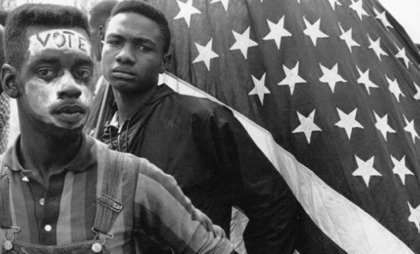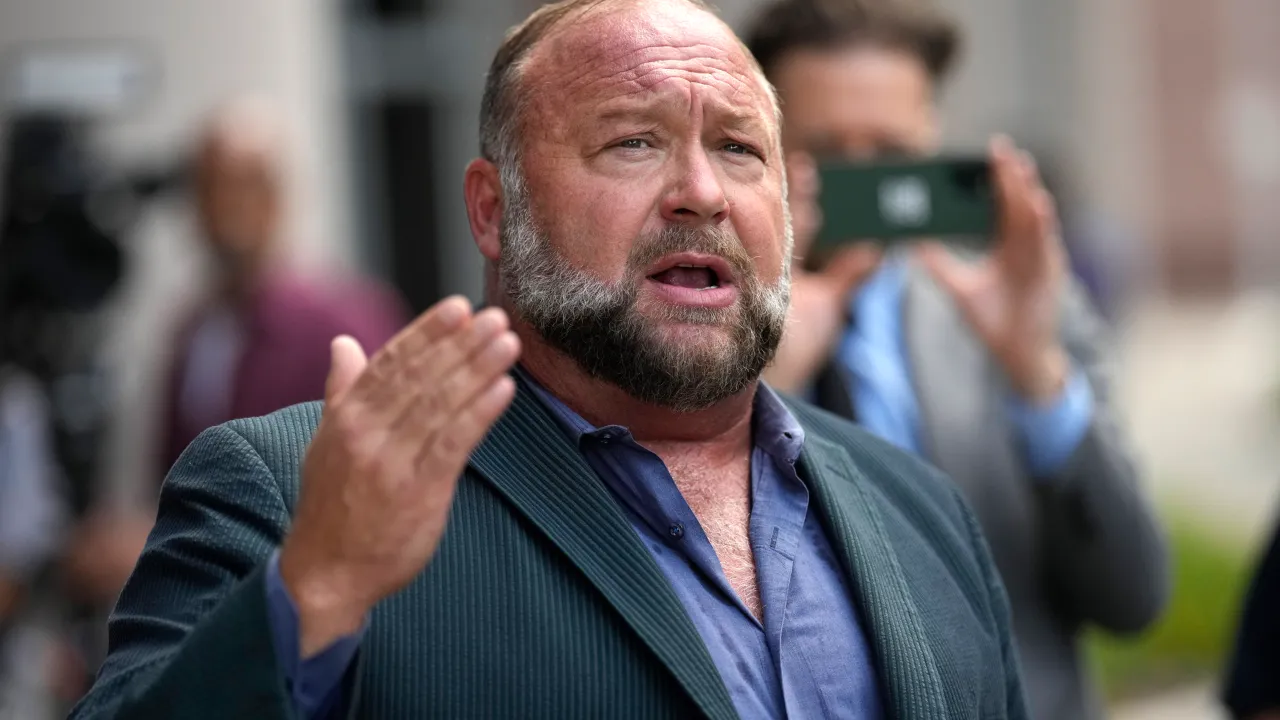Will the Court undo all the gains since the Civil Rights Movement?
I squirmed in my seat. It was painful to watch the recent Affirmative Action argument before the U.S. Supreme Court.
Michigan’s smoothly persuasive call to end Affirmative Action was met by a seemingly unprepared but passionate cry to maintain it. But, this time, Affirmative action was out-numbered and out-gunned.
The Affirmative Action case of Schuette v. Coalition to Defend Affirmative Action is yet another attempt to destroy a symbol of Black progress. Like the Affordable Care Act, or Obama-care, some conservatives are enraged by the very existence of Affirmative Action. This recent Schuette case inched them a little closer to destroying Affirmative Action altogether.
Yes, it was that bad.
Michigan’s supporters of Affirmative Action had worked hard to defend it. However, their attorney mistakenly said that the Equal Protection clause of the 14th Amendment only protected Black people. Justice Antonin Scalia, a conservative on the Court, jolted forward saying “we have to proceed as though its purpose is not to protect Whites” only Blacks. The Amendment was enacted for African-Americans in 1868. But, it was extended to protect all people.
In 2006, Proposal 2 was placed on the voting ballot in Michigan. Proposal 2 asked voters to decide if race and sex preferences should be prohibited in university admissions. Then, 57% of voters agreed to prohibit any race and sex preferences in their university admissions. In reality, they had voted to eliminate affirmative action. Now, they argue it is Affirmative Action, not Prop 2, that violates the Equal Protection clause.
The Coalition to Defend Affirmative Action and a group called By Any Means Necessary (BAMN) brought a lawsuit to halt the start of the Prop 2’s ban on Affirmative Action in university admission. They fought in the courts and protested in the streets. They won. However, Michigan appealed to the U.S. Supreme Court. And, that was the case argued so poorly.
As nearly one hundred young Black and Latino students from Detroit waited outside of the Supreme Court building, attorneys inside appeared ill-equipped to address the hard questions presented by the judges. It is not just the future of Affirmative Action at stake. It is Black progress and the future of those young people who waited outside.
Blacks, and other racial groups, have large numbers in cities like Detroit, MI. They have control and political power in urban areas in Flint and Lansing, MI. However, people of color are still a minority, state-wide. Michigan placed the referendum on a statewide ballot. This strategy of placing an anti-civil rights issue on a statewide ballot allows the majority to overrule any minority group power and civil rights protections.
In this case, the U.S. Supreme Court had already ruled that race could be one factor in college admissions. In that previous Michigan case, Grutter v. Bollinger, the Court decided Affirmative Action was legal if it was one of many factors taken into consideration for admission into the University of Michigan Law School.
However, race as only one factor was still too much for a conservative group in Michigan. It chose to initiate Proposal 2, making Affirmative Action illegal altogether. Ironically, Michigan’s argument in support of Prop 2 is a disingenuous twist on the brilliant legal strategy of Black civil rights attorney Charles Hamilton Houston.
In the 1940s, Houston turned a segregation law against itself. Houston argued that “separate but equal” required States to build an equal law school for Black applicants or desegregate their White-only schools. In this current Michigan case, Affirmative Action is turned against itself. Affirmative Action is called a racial preference benefitting people of color. Racial preference is called discrimination. So, Affirmative Action is discriminatory and illegal.
This Michigan case follows a June decision by the Supreme Court brought by a White applicant named Abigail Fisher. Fisher claimed she was not admitted to the University of Texas because of Affirmative Action. Then, the Supreme Court debated whether Texas could find a way to take race out of admissions altogether and still have diversity.
However, even in the Texas case, Affirmative Action was still considered a legal way to create diversity in higher education. If the Court allows Michigan to use a state-wide referendum to vote on civil rights laws than Blacks and Latinos, or any minority group, is in jeopardy of having their rights abolished.
Michigan’s legislature was duly elected by the people. However, any state-wide votes will nearly always by-pass elected officials and any minority group. This time, Michigan voters decided to end Affirmative Action in public university admissions. The next referendum could end voting rights protections, equal opportunity in employment, and fair housing rights.
Chief Justice John Roberts said, “Race is a lightning rod.” In America, racial justice will be an ongoing struggle. As African-Americans and others gain political power, conservatives will devise ways to try and stop them.
Their sights are set on Affirmative Action. Who knows what the next target might be.
Gloria J. Browne-Marshall, an Associate Professor of Constitutional Law at John Jay College in New York City, is author of “Race, Law, and American Society: 1607 to Present,” and a writer covering the U.S. Supreme Court and national legal issues. @GBrowneMarshall






